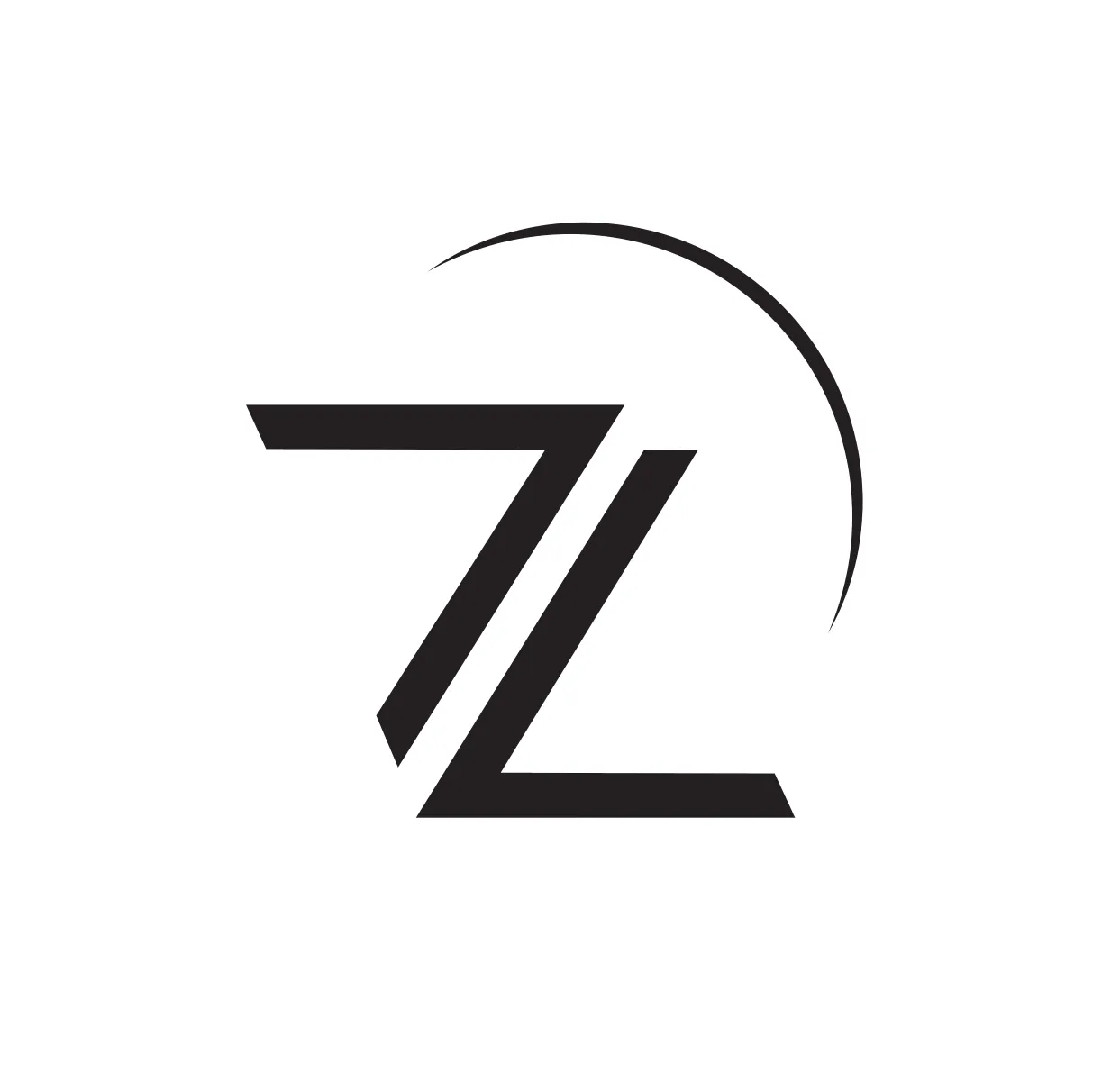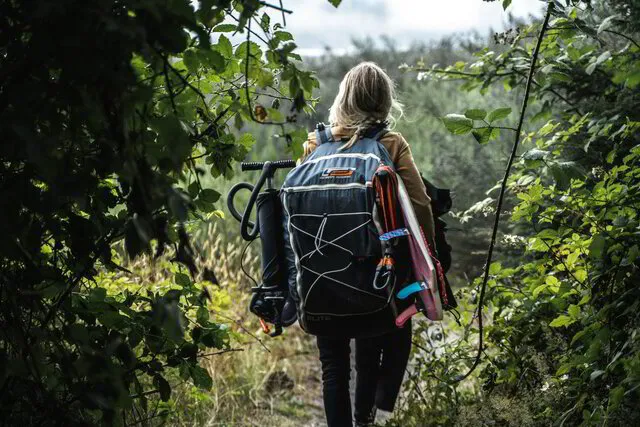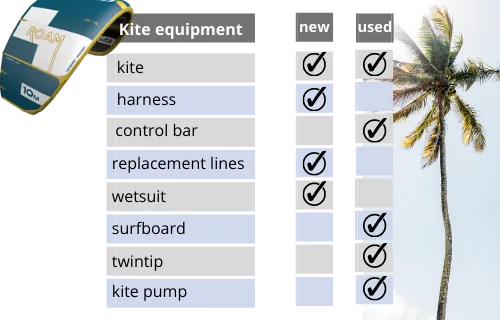Buying Your First kitesurfing Setup:
Kite Equipment, brand, type and size.
This tutorial is part 1 of 2 buying your first kitesurfing setup. We'll cover the equipment you'll need to go kiting, better your understanding of the different types of kites to help get you on equipment best suited to your needs, a guide on choosing what size kites to buy and a quick look at what we recommend to buy new vs. used. In part two of buying your first kite setup we'll go over cost in detail and what you might expect to pay, and save, on new vs. used equipment.
Quick Link Index-In this blog post:
- What kite equipment do you need?
- What kind of kite should you buy?
- Different kite designs & best for beginners
- What size kite should you buy? - typical 3 kite quiver and how to choose kite size
- What to buy new vs. used (quick look guide)
- Part two video - gear cost / new vs. used
Part two is all about gear cost, buying used vs. new, and what you could expect to pay.
Click the button below to watch part two,
and keep reading below for an in depth written guide for part one.
What Kite Equipment do you need?
As a new kiter buying your very first set of kite equipment your kit will include;
kite, pump, bar & lines, harness with a safety leash and a board.
Basic introduction to equipment (beginner)
For the kite, a Leading Edge Inflatable (L.E.I) is most common for kiteboarding/kitesurfing, they are water relaunchable, are great for learning how to kite and getting into the sport. The other type of kite is a Ram-Air Foil kite, they are really only used for foiling & racing.
You'll need a harness, this is how we can attach ourselves to the kite. There's 2 main types of harnesses, seat harnesses or waist harness. Purely based on personal preference & comfort. The most important thing is that the harness has a kite leash, you 100% need this to go for a session.
You'll need a control bar & lines- the bar is how you steer the kite. You'll have a kite pump to inflate the kite, the bag that the kite came in, and a board.
There's 3 main types of boards you can get: twintips, directional kiteboards, or foil boards. Twintips & directional kiteboards are best suited for beginners.
a twintip which is more wakeboard style riding with foot straps, or a strapless board or a surfboard directional that you might use for wave riding or for strapless riding.
Also depending on location will you need a wetsuit?
What kind of kite should you buy?
The kite you buy will have a huge impact on how quickly you will learn & progress in kiting.
Kites are designed to deliver different performance outcomes so buying the right style of kite can literally make learning to kite easier for you.
Some kites are really not designed for beginners- so don't go out and just buy any old kite without knowing what it is your actually getting. :)
When you're looking at the different kite shapes & different kind of models, the number one thing that you really need to think about is: What type of discipline are you wanting to do; are you going to be all about the twin tips, riding waves, are you going to be just free riding around, are you going to get into foiling?
What is it that you're looking at getting into, because that might guide you on what type of shape that you need, along with your current skill level.
So now let's talk about the kite models and the different kite shapes.
Different kite Design : Bow , C shape , Delta-Hybrid
Kite shapes play a huge role in the way that the kite behaves and performs.
There are 3 different classifications for kites out there and each kite brand will make different kite models that will fit somewhere on this scale.
This is what you'll be looking at to get yourself the best suited kite for your skill level & riding style; waves , twintip , foiling, beginner / intermediate /advanced.
3 Styles of Kite design & different shapes
- Bow kites - Low aspect, flater shaped kites, Swept wingtips, Stable, Better water launch, Wide wind range, Better depower abilities.
- C kites - More curved ( 'C' shaped ) , High aspect, Square wingtips , holds more power, faster turning, big air, twinTip Freestyle (unhooking) , less able to de-power, harder to water relaunch.
Most of the kites on the market today are in the middle of them, these are called
- Delta/Hybrid kites - combination of Bow & C kites. These Delta/Hybrids are more a sliding scale, these kites could be closer to a bow kite, or closer to a C style kite.
Closer to C = Better for advanced
Closer to Bow = Better for beginners
What's the best kind of kite to buy as a beginner?
The best kite to buy as a beginner is in the Bow, Delta- Hybrid category. These kites could be wave / free ride / or called all around kites. These kites are easier to water relaunch, will be easy to fly, easy to launch and land, and that's really going to help you progress a lot faster.
As a beginner you really do not want to go for the high performance kite even if you think you might use it in the future. Even if your goal is to get into unhooked tricks and twintip freestyle, you want to start your journey with a kite made for your skill level- definitely don't start off by buying a c kite because what will happen is it just slows down your learning curve.
A quiver is usually made up of 3 kites ranging in size to cover you for varying wind strengths & different conditions.
Kite size is measured in square meters, the bigger the kite = the bigger the canopy and the more power it will have. Typically you ride bigger kites in lighter wind, and use smaller kites in stronger wind.
What size kite you should buy will really come down to the most common wind strength & conditions for the area you'll be kiting. Unfortunately there's no 1 kite to suit all conditions, so typically most people will have 3 kites ranging in size for varying wind strength & conditions.
How to choose your 3 kite quiver
To choose what size kites you have in your quiver, start by thinking about what your most used kite size might be. From there, choose a size up & down, skipping a number either side, to give you the best range for varying wind strength & conditions.
Listed on the right are just examples of what someone might choose. There are also 2 sets of options listed in some cases, that could be personal preference & riding style. Wind strength to weight ratio does play a part, weight just listed as a basic guide, but other determining factors include your strength & experience level- what you are physically able to hold down & feel comfortable flying.
Weight / riding style / typical conditions you'll be kiting
Might determine your preference for the range of kite sizes you choose.
6m / 8m / 10m or
5m / 7m / 9m
55kg
8m / 10m / 12m
77kgs
9m / 11m / 13m or
10m / 12m / 14m
90 kg
1 kite quiver-
check your local area for typical conditions = to get you out kiting most often
our most used kites : 9m & 10m
8m & 12m I should probably add to...
If you're down at the beach and looking around at what size kites other ppl are flying, make sure to consider their riding level to- don't compare what you think you should pump up to someone your size/build who is absolutely shredding & you're a beginner :)
But I can only afford to buy 1 kite...
If you can only afford to start with a 1 kite quiver that's no problem, just be smart & realistic with the conditions. Choose your days & know that you will be limited to the ideal wind range matched to the size kite you have- Know when it's time to come in safely and know when not to go out at all.
Trust us when we say, you'll want to go kiting / or keep kiting and maybe you do only have 1 kite, but riding too overpowered can cause injury... Luke dislocated his shoulder this way; he only had an 11m and although he was way to overpowered when he launched, he went out anyway, had a crash and dislocated his shoulder (impact hitting the water & kite ripping out his shoulder socket) ... His kite was still flying after the impact which was the only reason he was able to body drag himself back to shore.
So just be aware of the limitations for the size kite you have :)
What kite gear to buy New vs. Used
Quick look Guide
Here's a quick snapshot of the kite equipment we recommend buying new vs. used. We cover expected costs as well as buying tips in part two of this tutorial, click the button below to take you there.
thank you
To everyone who's made it this far :)
Hope you found this helpful and we are so excited that you are looking for your first kite setup to buy!
If you have any questions pop them in the comments box below.
Thanks guys, and we'll cya in the next one!
~Flukes kitesurfing




